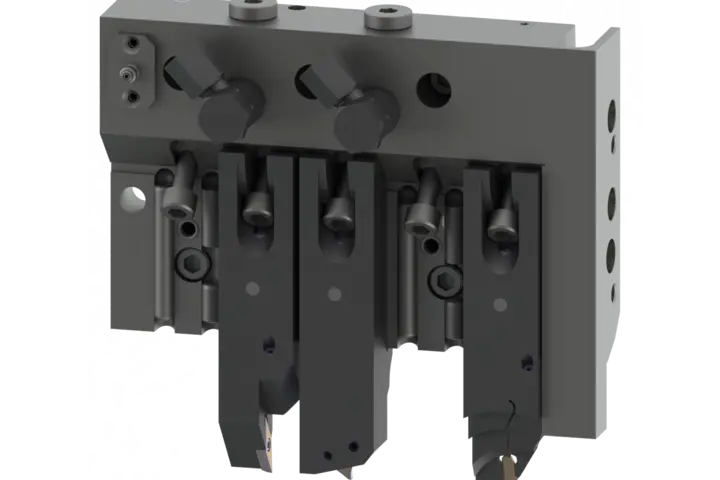Les défis du micro-usinage
Le micro-usinage sur des tours Swiss-type impose les exigences de précision les plus strictes en termes de pièce, de machine et d'outil. Lors de l'usinage de micro-pièces tournées, telles que des composants de montres ou des composants médicaux comme des vis à os, même le plus petit micro-écaillage de quelques µm sur l'arête de coupe de l'outil peut entraîner une augmentation de la force de coupe et des vibrations. Cela peut alors provoquer un déplacement indésirable de la pièce, ainsi que des irrégularités à la surface de celle-ci et, au final, des coûts liés aux rebuts.

![Systèmes de mesure pour la surveillance des outils [object Object]](https://kistler.cdn.celum.cloud/SAPCommerce_CMSHeading_1100x420/piezo-tool-system_52203.webp)

![Surveillance des processus de tournage de type suisse hautement dynamiques en micro-usinage [object Object]](https://kistler.cdn.celum.cloud/SAPCommerce_Document_Preview/961-976m-de-fr.webp)
![Tool and process monitoring solutions for single-purpose machines [object Object]](https://kistler.cdn.celum.cloud/SAPCommerce_Document_Preview/961-977m.webp)
![Monitoring solutions for machining centers with rotating systems [object Object]](https://kistler.cdn.celum.cloud/SAPCommerce_Document_Preview/961-978m.webp)
![Monitoring solutions for rough machining on CNC machines with turrets [object Object]](https://kistler.cdn.celum.cloud/SAPCommerce_Document_Preview/961-979m.webp)
![Customized measurement solutions for machine tool and process monitoring [object Object]](https://kistler.cdn.celum.cloud/SAPCommerce_Document_Preview/961-980m.webp)